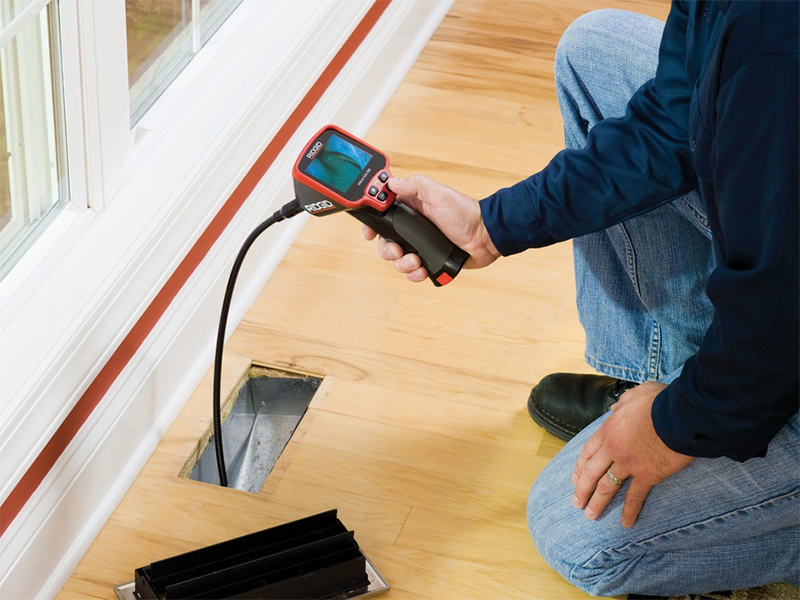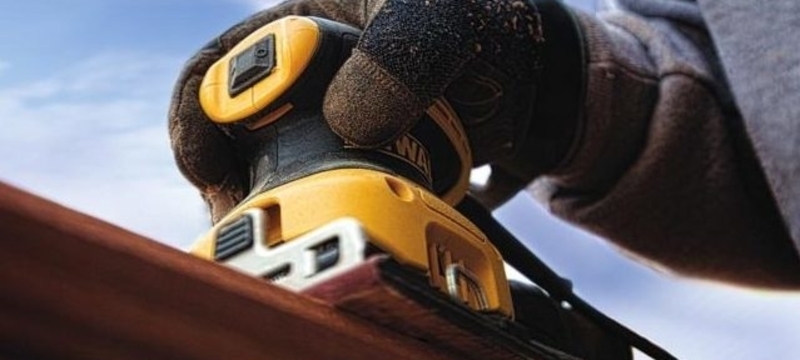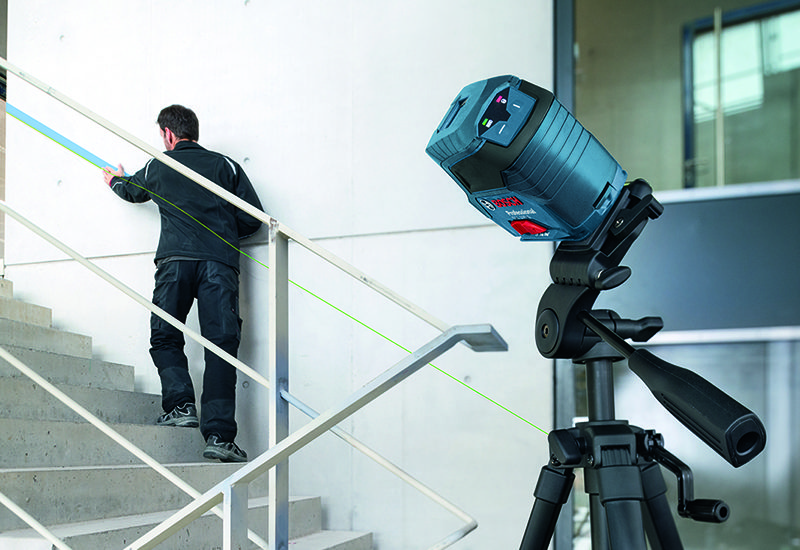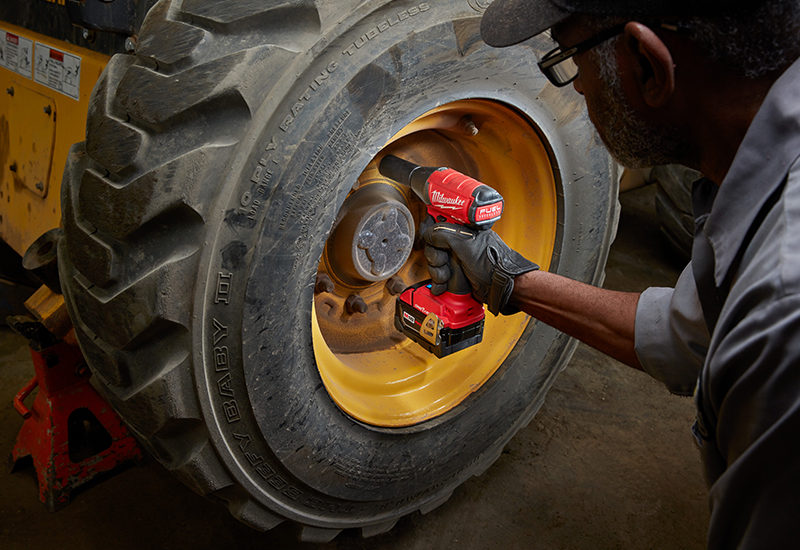Inspection cameras are valuable tools in several industries, including construction, maintenance, and plumbing. They are highly versatile and allow you to see in small spaces, such as a pipe or behind the wall, where a test or measurement tool won’t suffice and where you wouldn’t usually be able to see without the assistance of technology. These cameras, which attach to a cable that sends feedback to the viewer, come in assorted sizes and features. RIDGID® has several different inspection cameras, whether you use them daily on the job site for drain and sewer video inspection or decide to have one on hand for your various household projects.
Types of Inspection Cameras
There are several Ridgid inspection cameras and locators from which to choose. Hand-held, compact, and standard camera options are beneficial for jobs. The main differences in the available options are size, operation, portability, and features.
Hand-Held Models
Hand-held inspection cameras have a video terminal and a cable that connects directly to it. They are easy to use for small jobs such as seeing behind a wall, under appliances, or jobs that do not require more than 30 feet of cable. Most hand-held units have a set distance they can reach because the cable needs to be easily operable with a single hand.
Compact Camera Systems
Compact systems are easily portable and durable, making them a fantastic solution when you need a quality inspection camera to travel to various sites. They expand to one hundred feet of cable length, giving you plenty of room to navigate within your home’s or job site’s plumbing system. Integrated monitors make it easy to see everything. Cables can bend at up to 90 degrees for outstanding flexibility.
Standard Cameras
When you buy a standard camera, you are buying a single component. Standard inspection cameras do not have monitors, but you can easily purchase one as an add-on. The advantage of a standard camera is that it comes in a wheel easily ported from site to site, and they offer a more extended reach than hand-held or compact models.
- The SeeSnake® line delivers several times the cable length of Ridgid’s compact units.
Consider the Features
Whether tackling a large job where you need expanded reach or trying to find a small object in a household drain, it is essential to consider the features before buying an inspection camera. Most Ridgid inspection cameras offer multiple features that make operation effortless.
Camera Size
The camera size is one of the most important decisions to make. For plumbing and sewer inspection, smaller hand-held cameras are often best. There are two components to a camera’s size: its diameter and length. Self-level cameras always deliver upright pictures, virtually eliminating the need for rotation. Many cameras have an inch diameter, though they may be slightly larger or smaller depending on your chosen model. Unless you must view in tiny drain lines, an inch is sufficient for most jobs you tackle.
Display
The screen size and the resolution both matter when it comes to creating a clear picture. You cannot see things as clearly if you have a high-resolution camera but a small display. Likewise, a larger screen with low-quality resolution makes it difficult to discern what you view precisely. It is best to choose a camera display that is slightly larger with high-resolution pictures for a clear view of what you need.
LED Lights
LED lights are necessary when working in dark spaces. They illuminate unlit areas, making the inspection process more straightforward. All quality inspection cameras have LED lights around the outer diameter of the camera. These lights last for several thousands of hours, which translates to years of operation before you need to replace them.
Cable Reach
The cable reach determines how far a camera can travel down a pipe, behind a wall, or under a surface. Most cameras come in standard cable sizes, but you can buy extensions to make them reach even further.
Video Output
The video output lets you know how the camera transfers the video and what type of cable you need to transmit or download the feed.
- This only applies to cameras that store video feed and let you access it later.
Image Rotation
It is essential to see at all angles without adjusting the camera manually, which is impossible to do once it is in the desired location. While several cameras have self-leveling capability, not all do. This is when image rotation is handy always to give you a right-side-up view.
Pictures
While the primary purpose of a quality inspection camera is to let you see in dark, concealed places, it is also beneficial if the unit takes screenshots. This enables you to review the pictures later and perhaps catch something you missed or send images to your client. Several Ridgid inspection cameras have this option, but some models are view only so that you will have no future references for them.
One-Handed Operation
One-handed operation is essential for keeping your other hand free to operate the cable, especially when the cable needs to travel far. Ridgid has several cameras that are operable single-handedly to give you more versatility while navigating the cable with the camera.
Built-In Memory
While not all quality inspection cameras have built-in memory, they help store video and pictures for future reference. Some have SD card slots, while others help increase storage capability using add-on equipment. SD slots let you quickly transfer files to a computer.
Comfort Grip
A comfort grip is essential for long use periods as it helps eliminate user fatigue. If you are consistently working on the job and handling several clients each day, it helps to have an additional layer between your hand and the tool.
Portability
One of the many requirements of a Ridgid plumbing tool, or any tool you use on the job, is that it’s portable. It is essential to transport the camera quickly to the job site. Two main factors affect portability: the size and weight of the inspection camera.
- The larger the unit, the harder it is to transport, and likewise with its weight.
Consider the Use
When preparing to buy Ridgid inspection cameras, consider the use. If you plan to use it regularly for your job, you want to buy a more durable model, such as anodized steel. Purchasing a quality inspection camera with a more extended reach is essential since not every job is the same or requires the same reach. It is more cost-effective to buy a camera that works with an expandable cable to prepare for the job ahead of time than to purchase a compatible camera later. If you plan to use the camera at home for small, odd jobs, you can buy one with the reach you need for a particular task.
Add-Ons
In addition to a quality inspection camera, several optional add-ons can enhance your productivity. Some of these are necessary add-ons, especially for standard cameras.
Monitors
The camera transmits a picture directly to the monitor so you can see what you are looking at in real time. Add-on monitors are often more significant than those on handheld cameras and are a necessary purchase with standard cameras that do not include a display. They come in several sizes so that you can choose the best fit for your needs.
Laptop Interface
A laptop interface lets you use your laptop to operate the camera and allows you to monitor, record, and store your findings. Ridgid’s SeeSnake interfaces have a built-in control panel, so you can avoid getting your laptop dirty. It can also run on a battery to travel without AC power.
DVDPak
A DVDPak allows you to record inspections, even in extreme conditions. It has weatherized exteriors for durability and lets you burn the results onto a DVD for storage. This enables you to review the footage for more in-depth evaluations and to share the results with your customers.
Digital Reporting Monitor
With a digital reporting monitor, you will improve your inspection camera’s image and video capture capabilities. It features a built-in keyboard that allows you to annotate the media. You can even record audio commentary; with its USB ports, you can access much storage space.
Simply put, the best inspection camera is the one that suits your individual or business needs. Like most tools, evaluating each unit’s features is essential to determine that you have the tools you need to get the job done. Ridgid backs up its products with lifetime warranties against defects in material or creation. Check out our full selection of Ridgid inspection cameras today and get the one that suits your needs.




